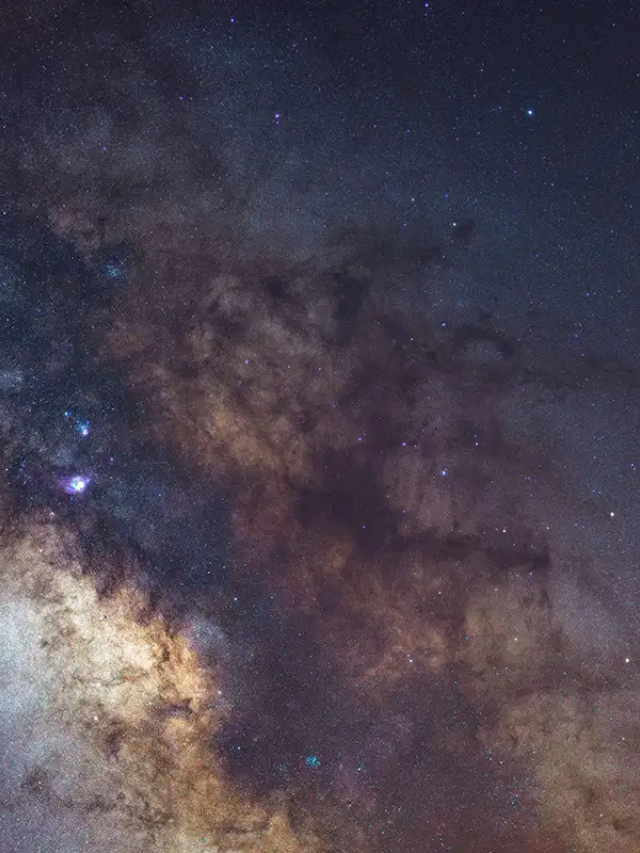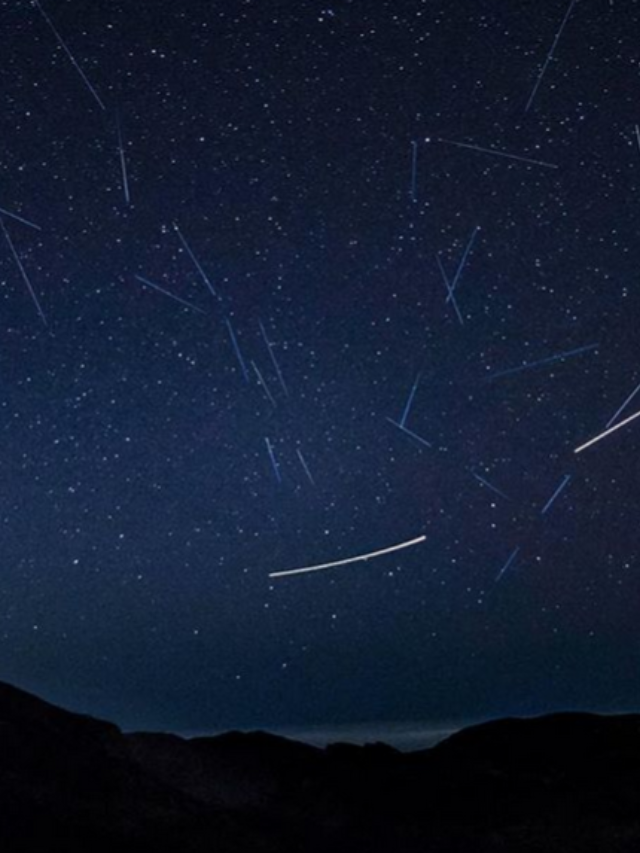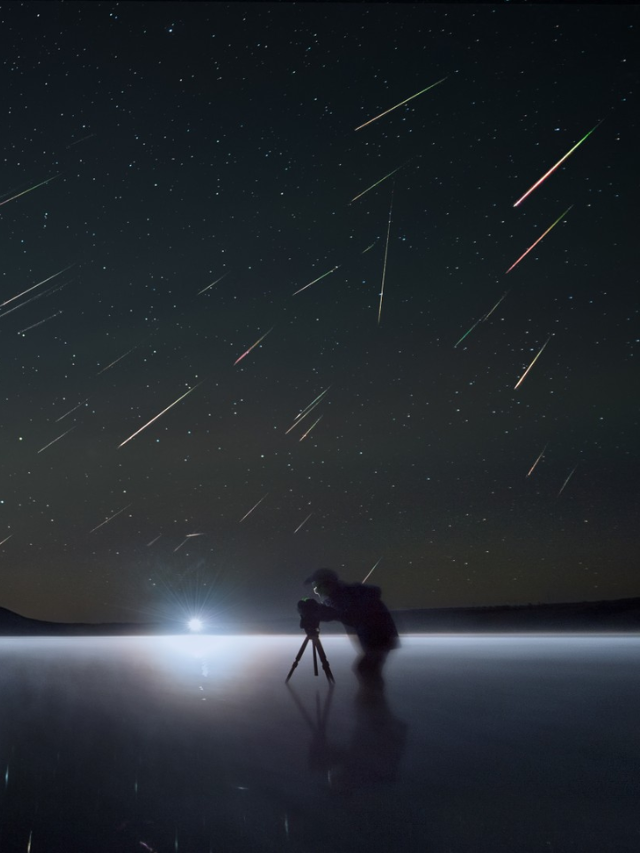
The Dazzling Perseids
The Perseid meteor shower is a popular summer event in the Northern Hemisphere. It's known for its frequency and beautiful displays.

Finding Clear Skies
Seek out dark, open areas with minimal light pollution. Cloud cover can obstruct your view. The peak shower occurs around early August, but the show lasts from mid-July to early September. Aim for nights with minimal moonlight.

Prime Viewing Time
While some meteors are visible throughout the night, the most appear between midnight and dawn. This year's peak occurs on the night of August 12th, but the best viewing window is after midnight due to moonset.

Gear Up for Success
A camera with manual mode (DSLR or mirrorless) Wide-angle lens to capture a larger portion of the sky Tripod for stability during long exposures Optional gear: shutter release cable, gaffer's tape, headlamp (red light preferred), lawn chair, snacks, and drinks

Beyond the Radiant Point
he Perseids originate from the Perseus constellation, but meteors can appear anywhere in the sky. Consider incorporating interesting foreground elements into your composition. The Milky Way can also be a stunning backdrop.

Capture the Magic Continuously
Taking single photos won't catch meteors. You need to capture a series of images. Use a remote shutter release or intervalometer for continuous shooting.

Recommended Camera Settings
Focus lens to infinity (refer to guide if needed). Shutter speed: 20-30 seconds (adjust to avoid star trails with wide-angle lenses). Aperture: f/2.4 or f/2.8 for maximum light intake. ISO: 1600-3200 (adjust for a decent exposure with minimal noise). Take test shots and adjust the exposure triangle as needed.

Set up your camera, relax, and enjoy the meteor shower. Avoid disturbing your tripod or using bright lights around your setup.
Patience is Key
